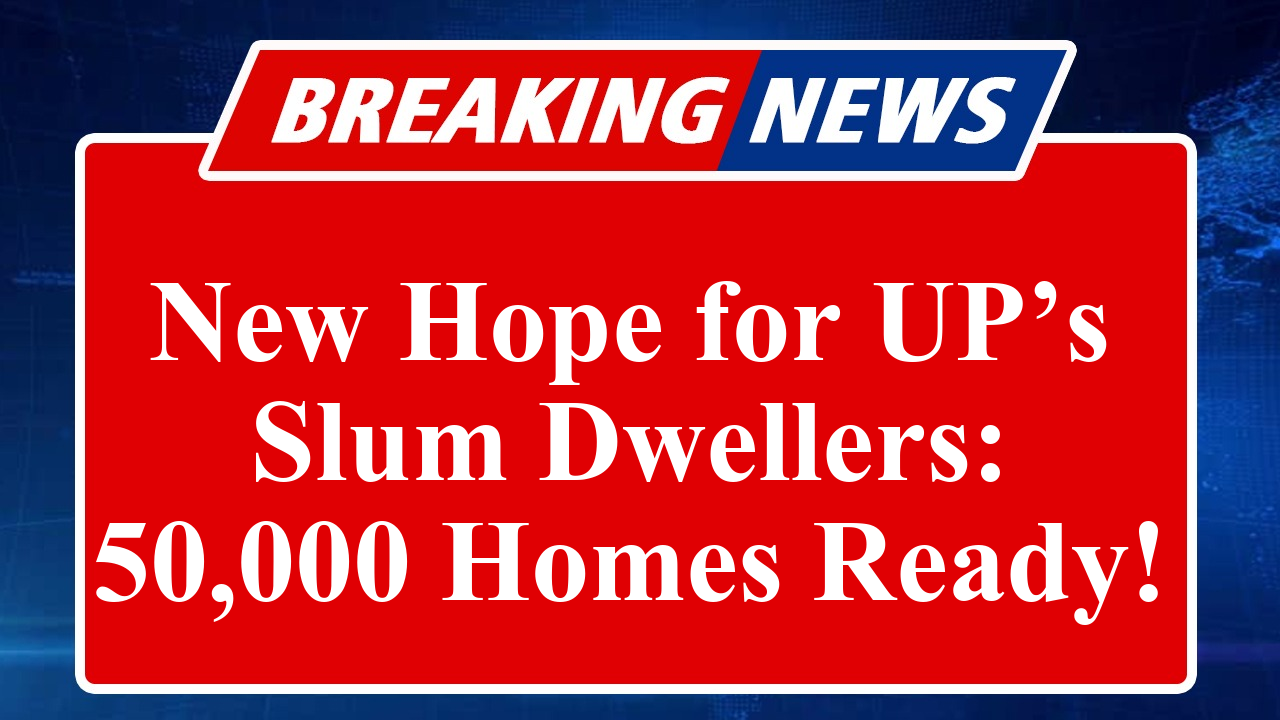UP’s new slum rehabilitation program targets improved housing and amenities for the urban poor, focusing on in-situ development and private partnerships. With 50,000 homes allocated and Rs 732 crore invested, the initiative addresses long-standing neglect. Challenges like eligibility criteria and infrastructure gaps persist, but the program promises dignified living for slum dwellers.
UP Launches Ambitious Slum Rehabilitation Program for Urban Poor
Uttar Pradesh has rolled out an ambitious slum rehabilitation program to uplift the urban poor, addressing decades of neglect in slum clusters across major cities like Lucknow, Kanpur, and Varanasi. The initiative, backed by Rs 732 crore, aims to provide 50,000 homes to eligible slum dwellers, with a focus on in-situ redevelopment to ensure communities remain close to their livelihoods.
The program builds on the Pradhan Mantri Awas Yojana (PMAY-U) 2.0, which has shifted from mandatory in-situ slum redevelopment to flexible models like Beneficiary-Led Construction (BLC) and Affordable Housing in Partnership (AHP). This allows states to allocate land ownership or vacant plots to slum dwellers for housing construction, a model inspired by states like Odisha and Madhya Pradesh.
In UP, the government has prioritized upgrading existing flats and constructing new ones, with renovations underway for older units. A recent post on X highlighted that funds previously unused under the former administration are now being deployed effectively, with 50,000 homes ready for handover. The state is also addressing basic amenities, with plans to improve water supply, sanitation, and electricity in slum areas.
However, challenges remain. Eligibility criteria are stringent, requiring slum dwellers to prove residency before January 1, 2015, and possess specific documentation like voter IDs or ration cards. Many residents fear losing livelihoods due to relocation, and infrastructure gaps in peripheral areas often discourage occupancy. Urban researcher Gautam Bhan notes that Delhi’s similar efforts suffer from a lack of legal low-income housing, a concern echoed in UP’s urban centers.
Private developers are being roped in to accelerate the process, with incentives like Transferable Development Rights (TDR) and relaxed Floor Space Index (FSI) norms. Yet, developers face hurdles, including securing 70% slum dweller consent and navigating multi-level regulatory approvals, which often delay projects.
The program also emphasizes sustainable urban planning. The UP government is exploring Affordable Housing Zones (AHZs) to create a low-income housing market, a strategy recommended by experts to prevent the proliferation of new slums. Decentralized sanitation and energy systems are being considered to address service delivery inefficiencies.
Despite these efforts, activists warn that illegal subletting of redeveloped units could undermine the program’s goals. Strong measures to prevent such practices and increased financial support for low-income families are critical to ensuring long-term success. The initiative’s focus on dignity and sustainable living has sparked hope, but its execution will determine whether it can truly transform the lives of UP’s urban poor.
Disclaimer: This article is based on recent news, reports, and posts on X, reflecting the latest developments in UP’s slum rehabilitation program as of August 5, 2025. Information is sourced from credible web sources and social media posts, but claims on X are treated as inconclusive and should be verified.

